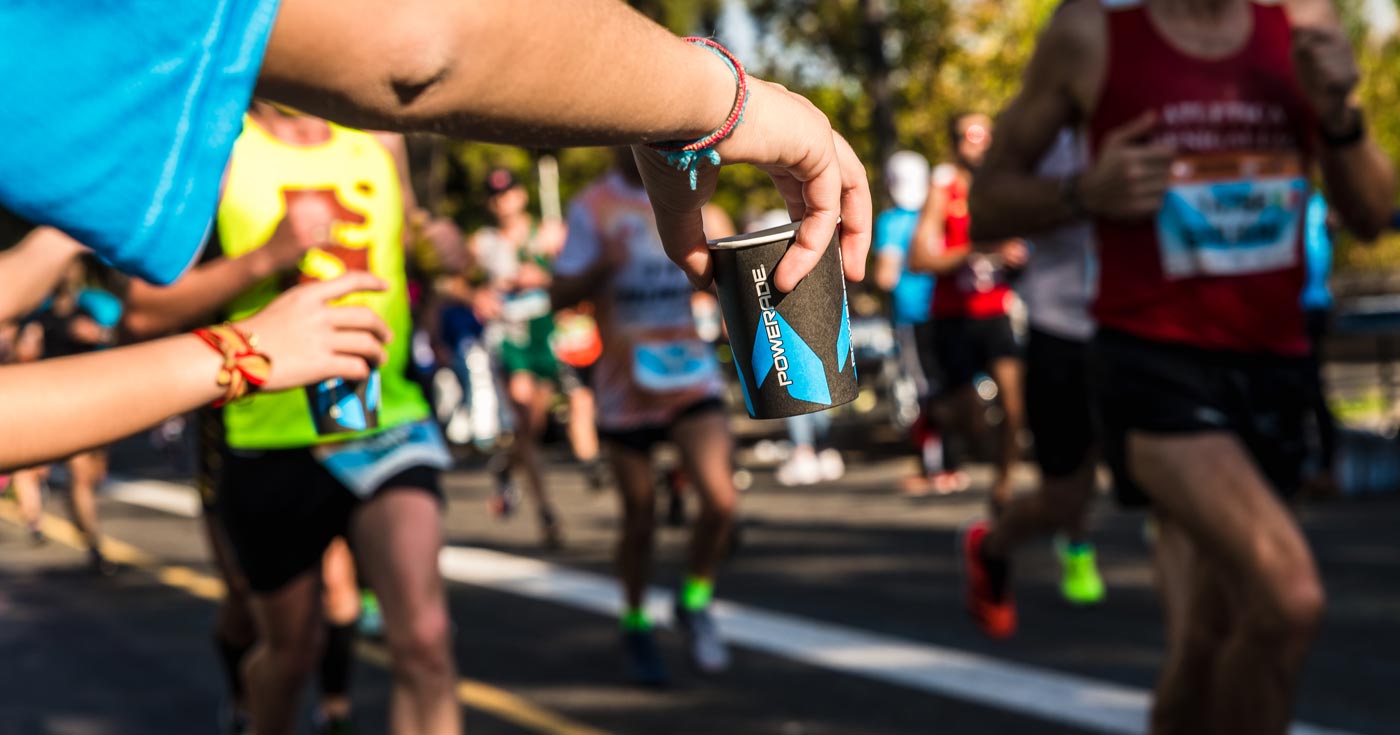How to recover from a marathon or half-marathon
Proper recovery is crucial, whether it’s your first or your 45th race.

The 45th annual Royal Victoria Marathon is just days away! But, race day doesn’t end at the finish line – What you do in the hours and days after matters just as much.
Proper recovery is crucial, whether it’s your first or your 45th race. At Arbutus, we see many runners, especially those who rush back into training too quickly and end up with preventable injuries. Here are some tips to help you recover properly and get ready to get back out there:
After the finish line
Keep moving
Keep moving for 10-15 minutes. Extended rest will stiffen up the muscles, whereas low-intensity movement helps reduce delayed-onset muscle soreness (DOMS).
Delay static stretching
Avoid static stretching for six to eight hours. Stretching immediately after exertion can worsen microtrauma in the muscle fibers.
Carb snack
If your stomach can tolerate it, try a carb-rich snack or drink to replace the carbs you’ve used up.
Nutritious meal
Within a few hours, aim for a balanced meal of carbohydrates and protein. Protein supports muscle tissue repair, and carbs restore depleted energy levels.
Hydrate
Hydrate – Sip water throughout the day. Opt for some electrolytes if you’re a sweaty runner. As a hydration marker, urine should be light yellow or clear for the next 24 hours.
Nap
Nap for up to 90 minutes to soak up some REM sleep – a key part of muscle repair.
The next day
Protect your immunity
Avoid germ-ridden environments (and people) – the amount of stress you’ve just put your body through is going to have your immune system working overtime, making you more susceptible to the post-race flu.
Active recovery
Try a gentle walk, yoga, stationary cycle or swim – Active recovery can start the day after the race and is proven to speed up healing when compared to complete rest.
Wait on deep pressure
Skip the Deep Tissue Massage (DTM) for now – deep pressure too soon after intense exertion may worse inflammation. Light massage or foam rolling can be helpful to reduce soreness without further damaging muscle. Wait at least three to four days for DTM.
Watch for ongoing pain
Muscle soreness is expected after a 21.1-42.2 km race, but if you’re having persistent or worsening pain, swelling, or mobility issues, consider getting it checked out by a physiotherapist. Generally speaking, if you’re still having pain after ten days, it’s possible you’ve sustained a soft-tissue injury.
Returning to running
Avoid running for at least five to seven days, or more. A short break from high-impact (and repetitive) training will allow your system to recover. Returning too soon increases your risk of injury, particularly overuse conditions such as tendinopathies and stress fractures.
Research shows that taking seven to ten days off following a marathon has little to no effect on athletes’ cardiovascular fitness, and that returning to running workouts within that timeframe is counterproductive, if not dangerous.
There’s no exact formula to follow for returning to run. Many professionals recommend two to four weeks off of training. The best guide is to listen to your body and how it feels.
- Start with a test run of 20-30 minutes and observe for any aches or pains.
- It’s also a good idea to begin with walk-run intervals before resuming full sessions.
- Avoid any speedwork, hills, or performance goals.
How long does it take to recover from a marathon?
Recovery time varies depending on your fitness level, experience, and preparedness for the race. On average, it takes about two to three weeks for your body to fully physically recover.
After you’ve recovered, identify any weaknesses or muscle imbalances that you’ve accumulated during the season. Now’s the time to come up with a plan to correct these things during the off season!
If you’re unsure how to structure your return to running or have concerns about pain post-race, we’re here to help. Book in today with one of our physiotherapists for help crafting a well-structured recovery plan and addressing any specific issues or injuries.


